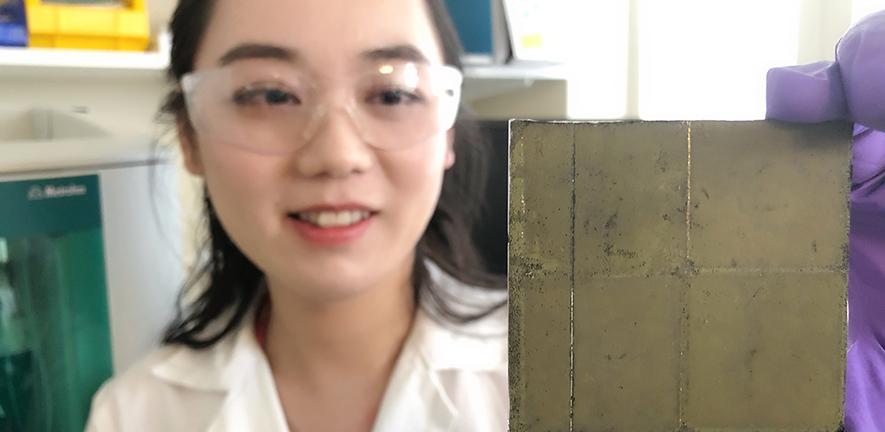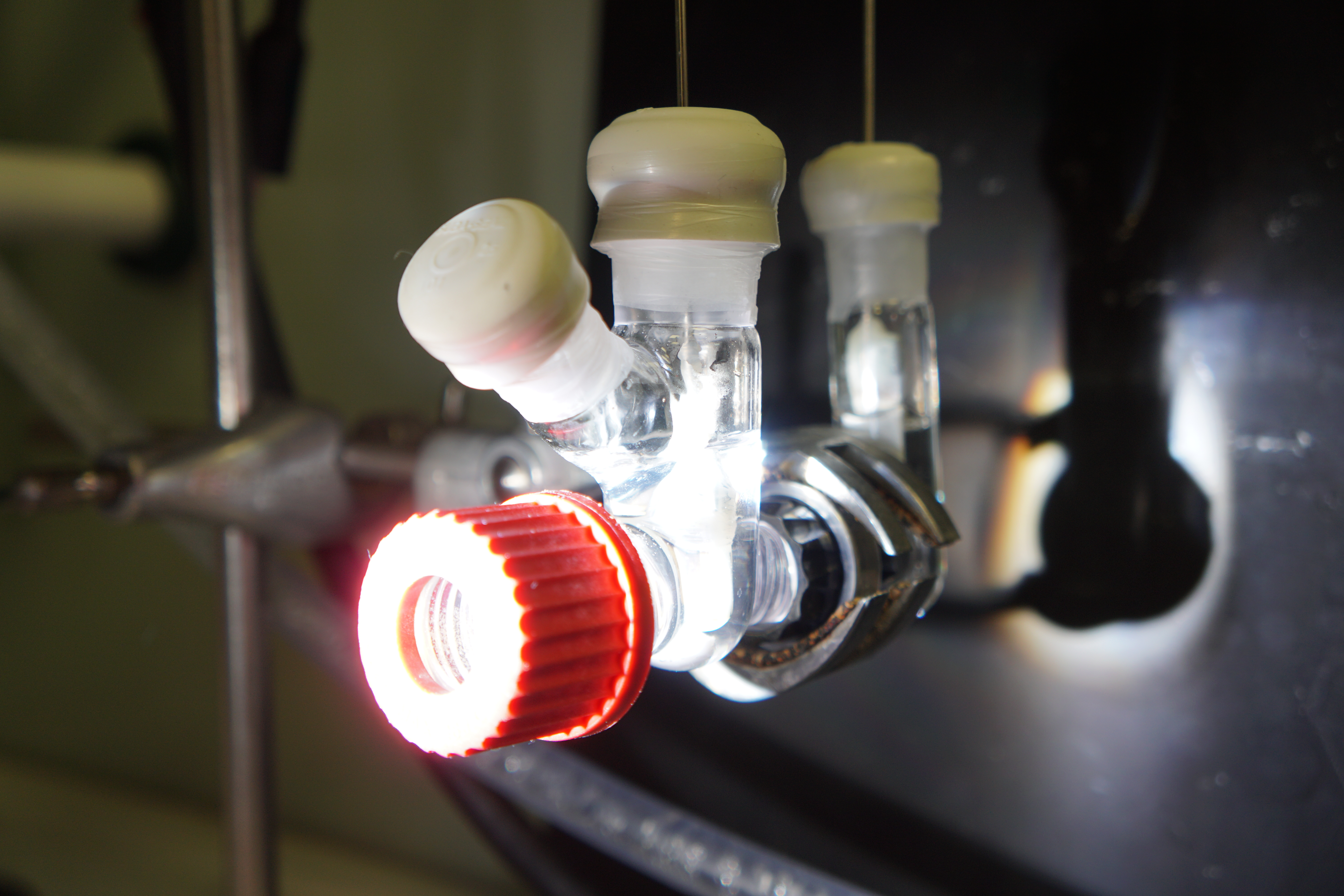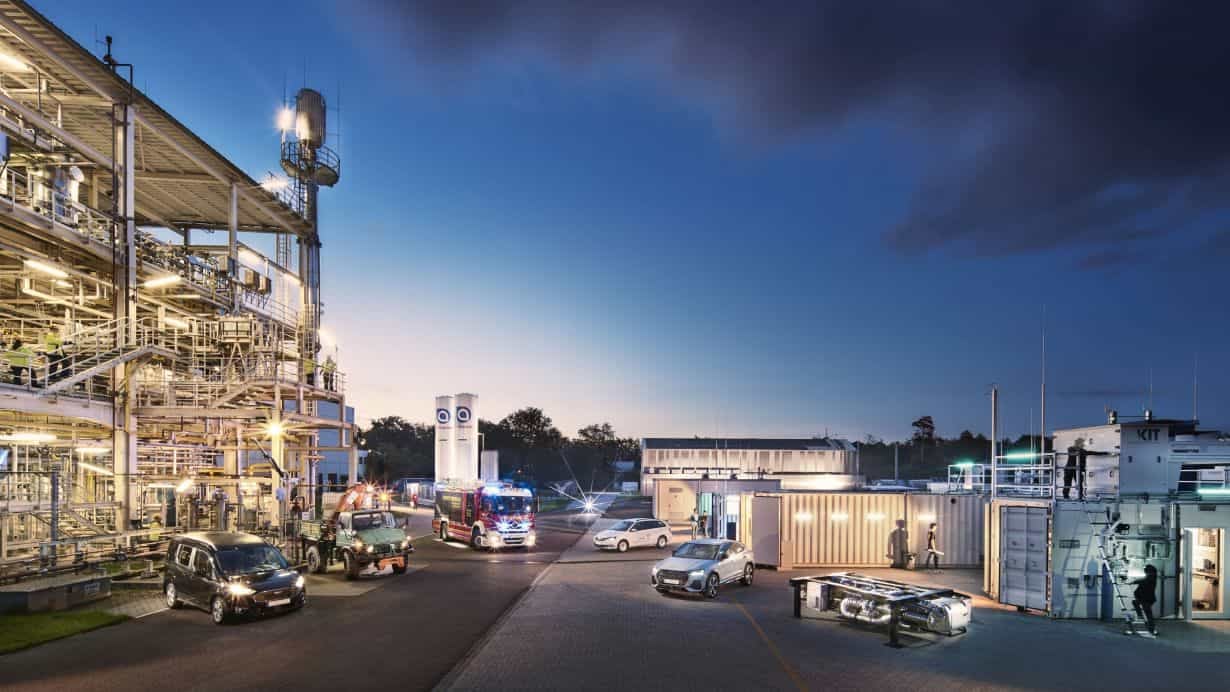
Plants use photosynthesis to harvest energy from sunlight. Now researchers at the Technical University of Munich (TUM) have applied this principle as the basis for developing new sustainable processes which could produce syngas (synthetic gas) for the large-scale chemical industry and be able to charge batteries. The university has announced this advancement in a press release.
Syngas, a mixture of carbon monoxide and hydrogen, is an important intermediate product in manufacturing many chemical starter materials such as ammonia, methanol, and synthetic hydrocarbon fuels. “Syngas is currently made almost exclusively using fossil raw materials,” says Prof. Roland Fischer from TUM.
A yellow powder, developed by a research team led by Fischer, is to change all that. The scientists were inspired by photosynthesis; the process plants use to produce chemical energy from light. “Nature needs carbon dioxide and water for photosynthesis,” says Fischer. The nanomaterial developed by researchers imitates the properties of the enzymes involved in photosynthesis. The “nanozyme” produces syngas using carbon dioxide, water, and light.

Record values for efficiency
Dr. Philip Stanley explains: “A molecule takes over the task of an energy antenna, analogous to a chlorophyll molecule in plants. Light is received, and the electrons are passed on to a reaction center, the catalyst.” The innovative aspect of the researchers’ system is that they linked two reaction centers to the antenna. One of these centers converts carbon dioxide into carbon monoxide, while the other turns water into hydrogen. The major design challenge was to arrange the antenna, the mechanism for passing on the electrons, and the two catalysts so that the highest possible yield is achieved from the light.
And the team accomplished this. “At 36 percent, our energy yield from light is spectacularly high,” says Stanley. “We succeed in converting as much as one-third of the photons into chemical energy. Previous systems often attained every tenth photon at best. This result raises hopes that the technical realization could make industrial chemical processes more sustainable.”

Selected for you!
Innovation Origins is the European platform for innovation news. In addition to the many reports from our own editors in 15 European countries, we select the most important press releases from reliable sources. This way you can stay up to date on what is happening in the world of innovation. Are you or do you know an organization that should not be missing from our list of selected sources? Then report to our editorial team.






